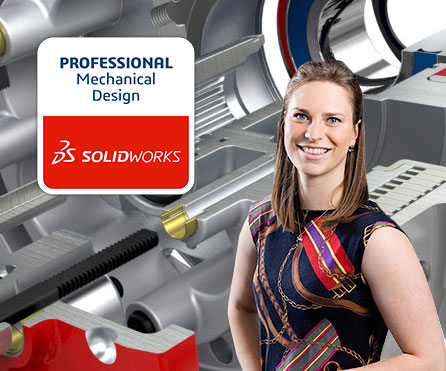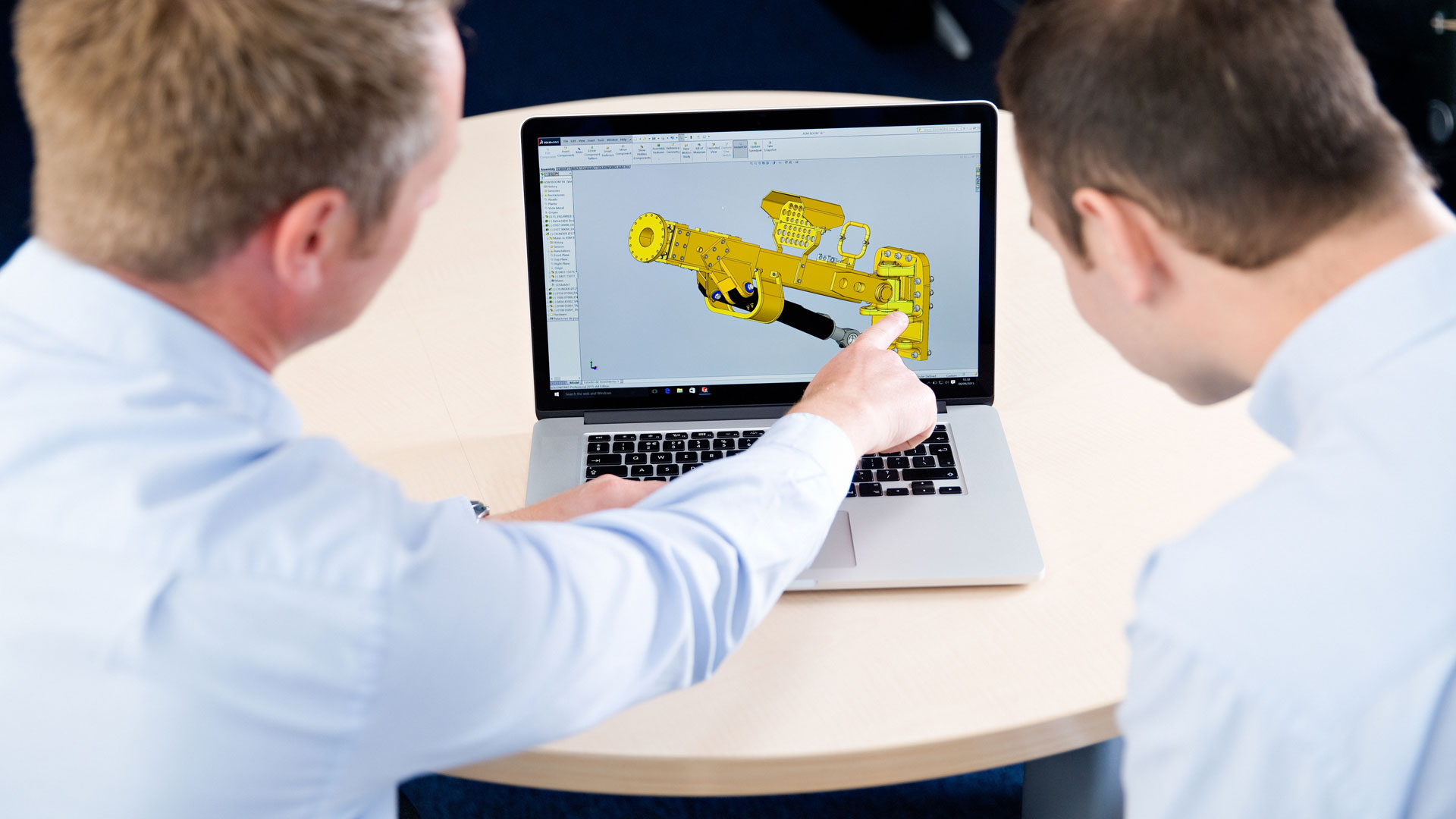Week 2 at Innova Systems I’m further developing my SOLIDWORKS skills this week so I can take the CSWP exam, which is more advanced than the CSWA certification (as I mentioned last week), covering more complex design and additional tools. The CSWP consists of three components: modelling, configurations and assembly, with separate exams for each. To prepare for this I reviewed the SOLIDWORKS Essentials manual, paying close attention to the configurations and assembly chapters, and the SOLIDWORKS Assembly Modelling manual (I needed to use the manual to learn new and more advanced mates such as the width mate). The team here has been extremely helpful in helping with my queries, speeding up my learning by sharing their knowledge and shortcuts. I shadowed members of the support team to prepare for answering support calls. By sitting with them I could hear the type and range of questions that get asked and think about the technical team’s solutions. Doing this I started to understand the complexity and variety of calls that Innova Systems addresses – from a simple modelling problem to PDM queries or problems transferring licences. I am in admiration of all the technical teams’ knowledge. Sometimes it is hard to explain a question over the phone, so the support engineers use a program called Team Viewer to connect to the customer’s computer remotely using a meeting ID. They then set about fixing any issues the customer may have. Taking the modelling exam On Tuesday, I took the 90 minute modelling exam; this was of a similar format to the start of the CSWA, but the model was a lot more complex using more features such as offset entities. Design intent had to be carefully considered to create a complex model that can easily be altered. Using section view to compare their photos of the solution compared to your own is extremely useful to see if there is too much material or where the model may vary. I ran out of time so couldn’t complete the last question, but the questions I did answer were answered correctly, giving me a pass! Configurations exam On Wednesday, I took the 40 minute configurations exam and gained a pass. Configurations allow for multiple variations of a part or assembly model within the same document – different dimensions, components, or parameters can be altered and suppressed.This exam had a number of questions where configurations had to be added, parts suppressed and new features added whilst taking measurement, as well as editing features retrospectively.

Assembly modelling exam
On Friday afternoon I took the 80 minute Assembly modelling exam, which involves creating an assembly using mates, adding parts, sub-assemblies and a coordinate system. Using interference detection; the collision detection tool to a part which moves and retrospectively replacing a part in an assembly. My computer froze mid-way during this exam adding to the stress (patience is not my strong suit!). I managed to pass the final exam with 100 percent! As the week went on, I definitely felt more comfortable taking exams and using SOLIDWORKS.
A handy shortcut I learnt was when working within SOLIDWORKS: The ‘S’ key opens up context-sensitive tools, speeding up your workflow. Nice!
What lies ahead…
To qualify for the Expert certification, four out of five specialised areas will need to be undertaken. These areas are: drawing tools, surfacing, sheet metal, mold tools and weldments. Apparently surfacing and mold tools are complimentary of each other so next week I will be introduced to this area by working through the SOLIDWORKS Surface Modelling manual. Hopefully, next week I will also gain more confidence answering phone calls.
Make sure to check back for week 3 of Chloe’s blog here
Chloe’s SOLIDWORKS tip of the week:
The ‘normal to’ tool is extremely handy for modelling parts and assemblies. Clicking on a plane or reference and clicking the ‘normal to’ tool will rotate and fit the model to the screen and to the view orientation normal to the selected plane or feature.


















